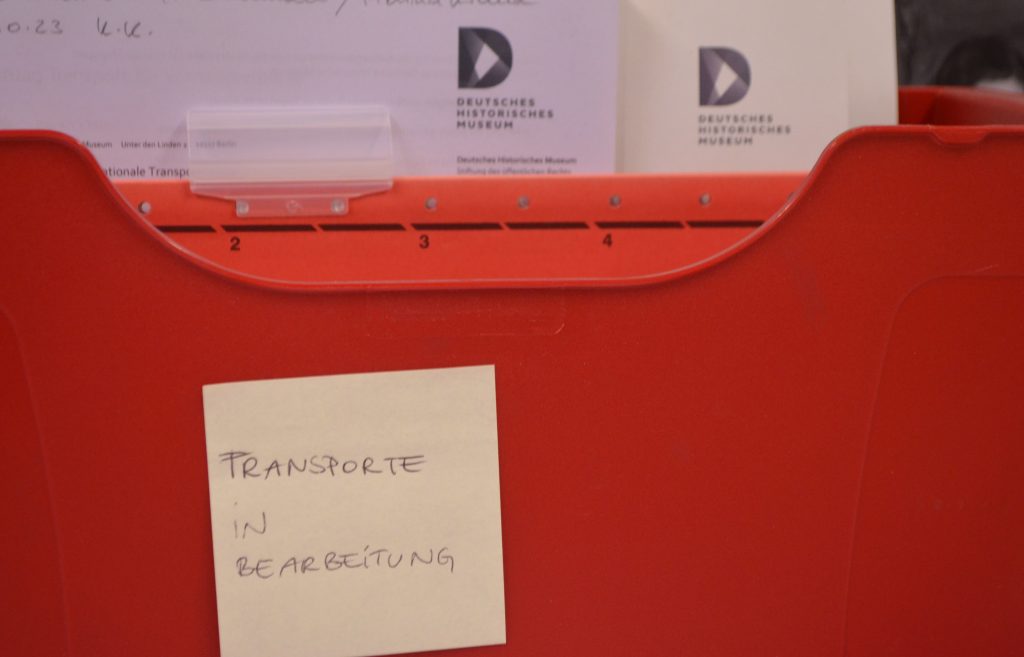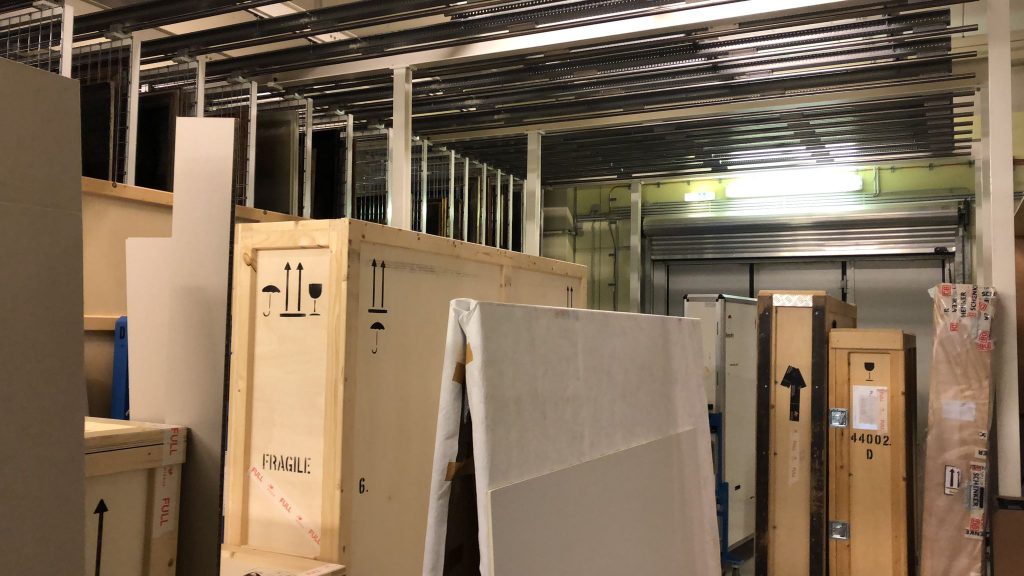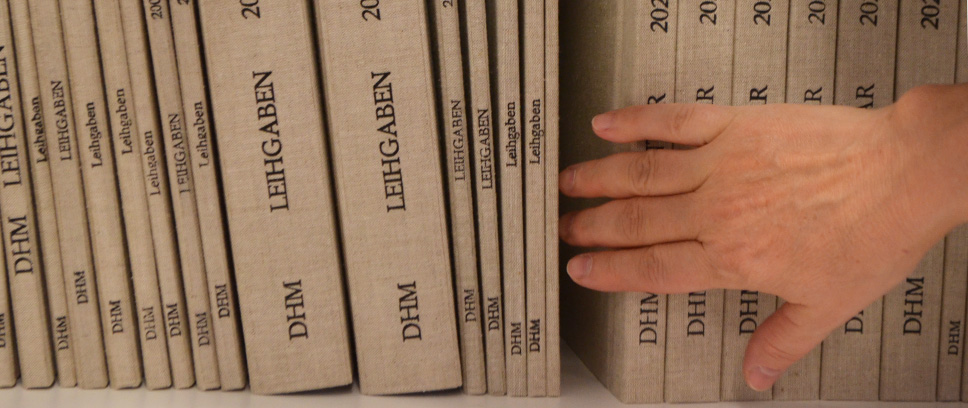
Object lending as a great logistic and communicative achievement
Karen Klein | 1 November 2023
The objects in exhibitions are often not from the museum’s own collections but belong to other institutions or private persons. To arrange such loans frequently requires considerable logistic proficiency as well as competence in many different areas of a museum. Karen Klein, responsible as registrar for the external lending service of the Deutsches Historisches Museum, provides a look behind the scenes of the DHM as seen in the example of a major loan request from the Museum Arnhem.
In the spring of 2022, the Museum Arnhem in the Netherlands addressed a long wish list to the head of the DHM’s art collection. More than 70 paintings from the stocks of the “Haus der Deutschen Kunst” and the “German War Art Collection” as well as the model of the “Degenerate Art” exhibition were needed by October 2023 for the exhibition “Art in the Third Reich”. The first task for me as registrar was to determine in close cooperation with the restoration team the loan and transport capability of the works that were to be loaned as well as the expected restoration and conservation effort and expenditures for all of the requested objects.
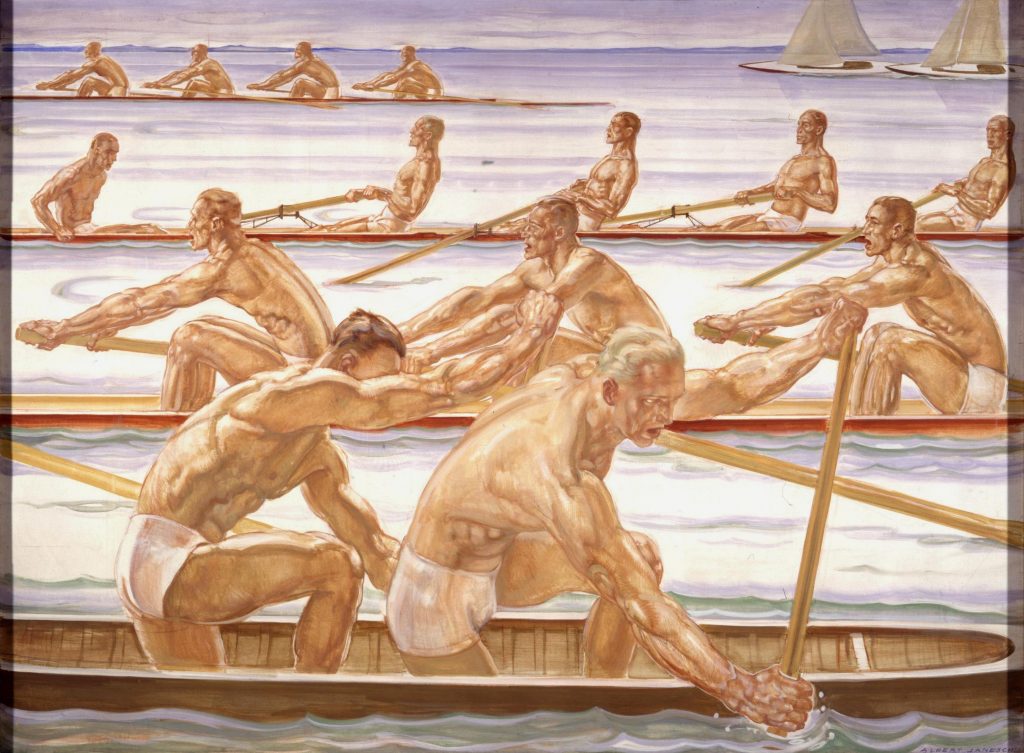
An initial inspection by the painting restoration team showed that an enormous amount of restoration would be required not only for the paintings, but also for many of the original frames. Due to the less than optimal storage in the depot rooms of the Oberfinanzdirektion in Munich, which had transferred the so-called collection bundles to the DHM, the wooden panels of the frames protecting the paintings had shrunk and warped. Gaps developed between the wood and painting surface, which then began to chip and flake. It also emerged that the surfaces of the paintings had to be cleaned and the paint layers stabilised, retouched and cemented. Canvas tensioning and protection of the backside of the painting also had to be looked after. This initial inspection determined that more than sixty of the requested paintings needed to be restored.
There is principally an interest in restoring and conserving a museum’s objects simply for the sake of maintaining the collection. But in this case it was determined that our own restoration department alone could not cope with the great extent of the restoration required for the requested objects. External restorers were engaged and cost sharing was arranged with the potential borrower in Arnhem. For the Deutsches Historisches Museum this also meant that the individual paintings had to be inspected in the depots by the external restorers, cost estimates had to be determined, and the sharing and confirmation of the defrayal of the costs had to be negotiated with four different colleagues, in addition to the relevant correspondence between the borrower and the DHM. Alongside maintaining steady nerves, this required a great deal of negotiating and convincing. Contracts were signed for the paintings for which the DHM assumed the restoration costs, so that the work could already begin at the end of 2022. After further discussions with the Arnhem borrower, part of the restoration work that they were in charge of was commissioned at the beginning of 2023.
A necessary part of concluding a contract is also the transmission of a legally binding return guarantee by the country of the borrower, the so-called “Immunity from Seizure”, which ensures that the enforcement of claims for the surrender of property (e.g., restitution claims) by third parties remains unaffected for the extent of the loan period. In international lending, this is a proven procedure to legally safeguard the temporary surrender of goods in a foreign country. In order to apply for this guarantee of return, it was my job as registrar to provide the borrower with a list of objects including proof of provenance for every single exponent.
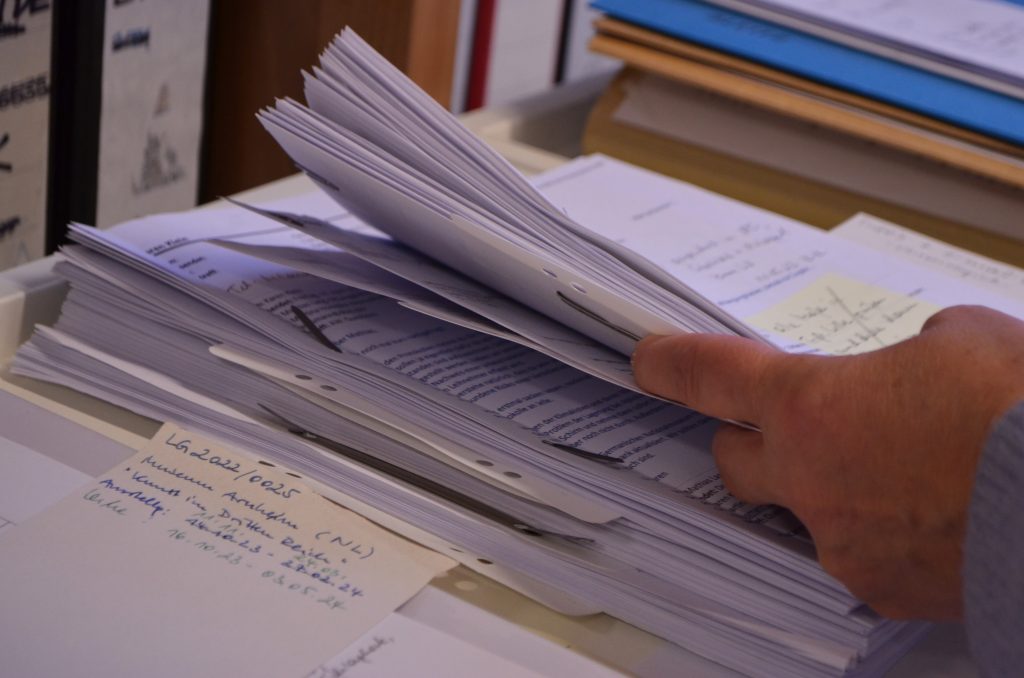
After many bouts of negotiations, the loan contract was finally signed in January 2023. The loan process could now enter the next round.
The borrower’s list of objects contained many paintings that were not in the DHM, but located as permanent loans in the Militärhistorisches Museum (MHM) in Dresden or in the Germanisches Nationalmuseum in Nuremberg. Questions of availability, restoration possibilities in situ, and transportation costs for the borrower were calculated, until it was determined that the loan of some of the paintings had to be called off because the expenses were too high.
In the course of further preparations for the loan, it unfortunately became evident that some of the paintings were to be hung in the new wing of the Museum Arnhem – the brand-new daylight gallery with more than 1,500 lux on sunny days. With a maximal limit of 250 lux set by our restorers, it would not be possible to hang the paintings there, so that the museum either had to do without a number of the paintings or replan the hanging of the works, in cooperation with our restorers.
In the course of the months leading up to September 2023, almost a year-and-a-half after receipt of the original loan request and after numerous exchanges of information and decisions, the object list now comprised the still considerable number of 59 paintings, which would then have to be packed and transported in climatised crates. All climatised transport crates have to be pre-climatised at least 24 hours before the packing in the respective depots starts, which is in itself a logistic challenge due to the lack of space. I therefore coordinated between the shipping company, the borrower, and the restoration department a transport process that was to be carried out over a period of two weeks. Four painting restorers from the DHM acting as couriers are to accompany both the packing and unpacking and to keep a record of the condition and hanging of the paintings in Arnhem.
After these extensive, but ultimately successful preparations for the loan, the exhibition will open in the Museum Arnhem on 11 November 2023 – with quite a few objects from the Deutsches Historisches Museum, which will thus be the most important lender for this undoubtedly interesting exhibition.
|
|
Karen KleinKaren Klein is registrar for outgoing loans at the Deutsches Historisches Museum. |

